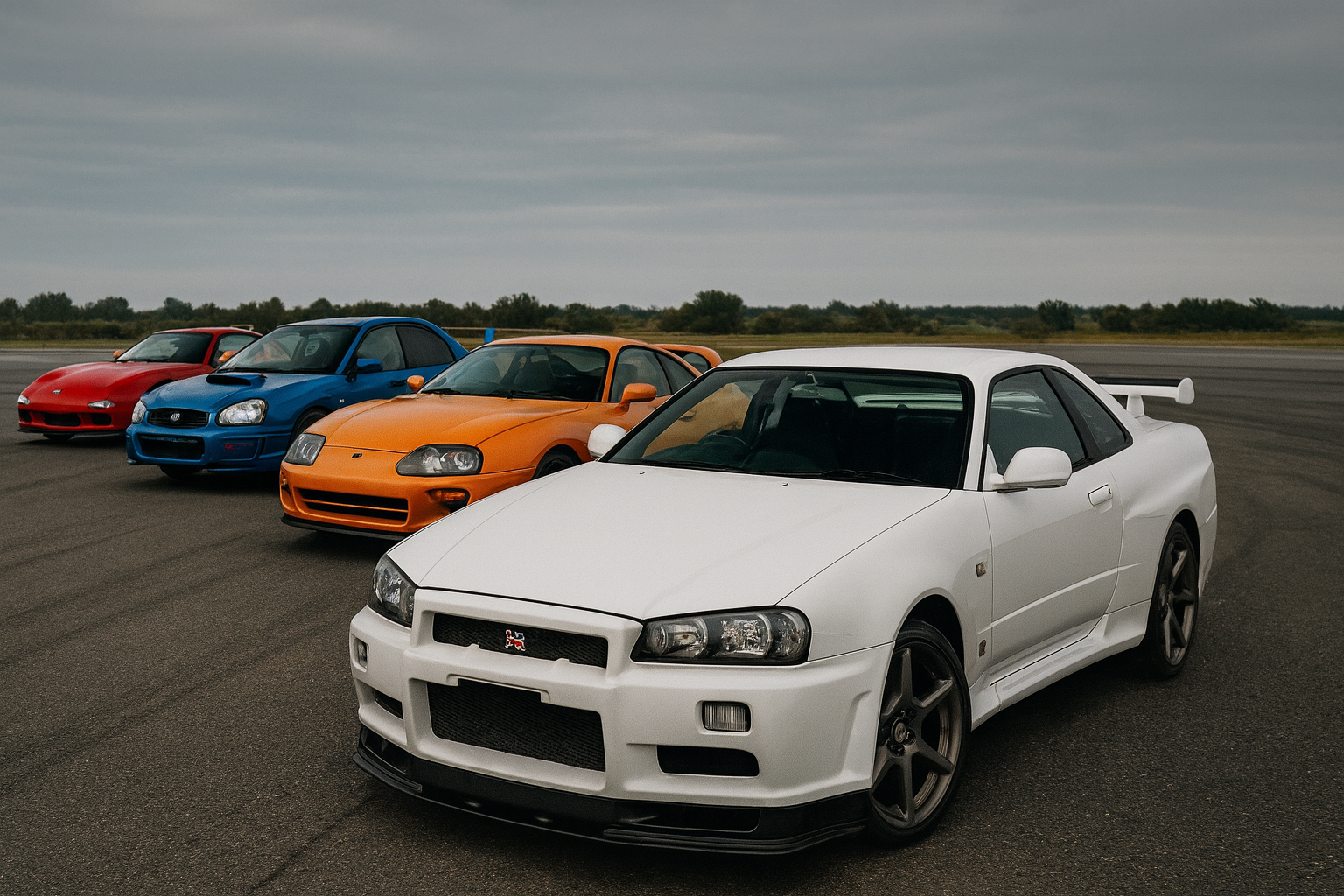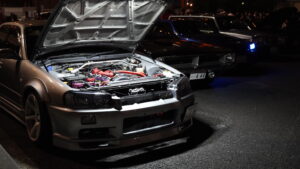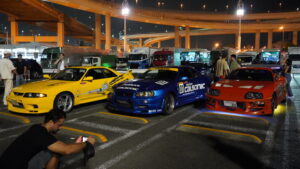1. What Does JDM Mean? Origins and History
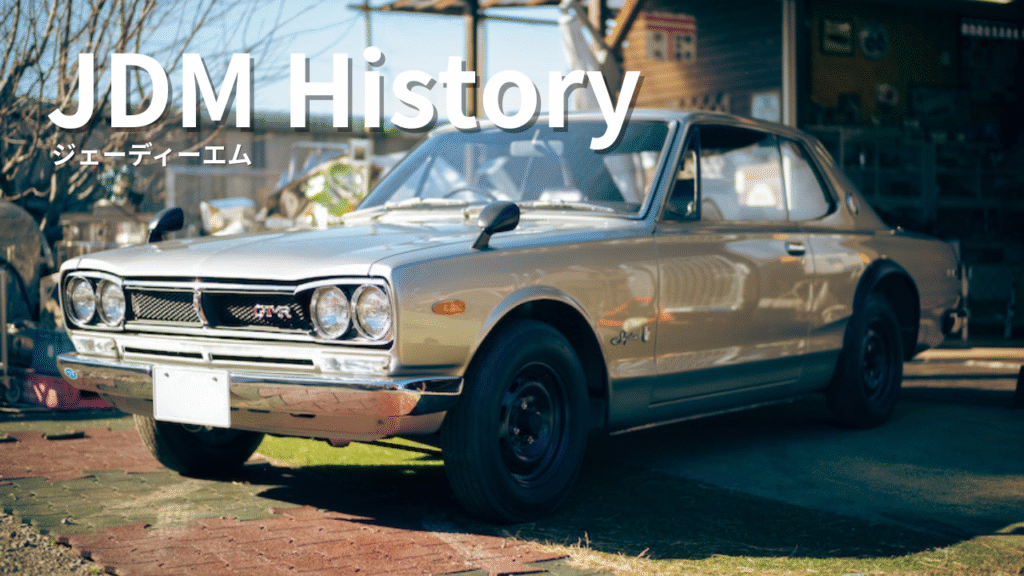
JDM stands for Japanese Domestic Market, referring to vehicles manufactured for sale exclusively in Japan.
Unlike export versions, JDM cars were tuned to suit Japan’s road conditions, emission laws, and driver preferences.
In the 1990s and early 2000s, Japanese automakers entered a golden age of engineering excellence.
Their cars were lighter, faster, and more reliable than many Western rivals—capturing global attention and inspiring generations.
This era was later immortalized by pop culture, especially Initial D, Wangan Midnight, and the Fast & Furious franchise.
2. Why the World Fell in Love with JDM
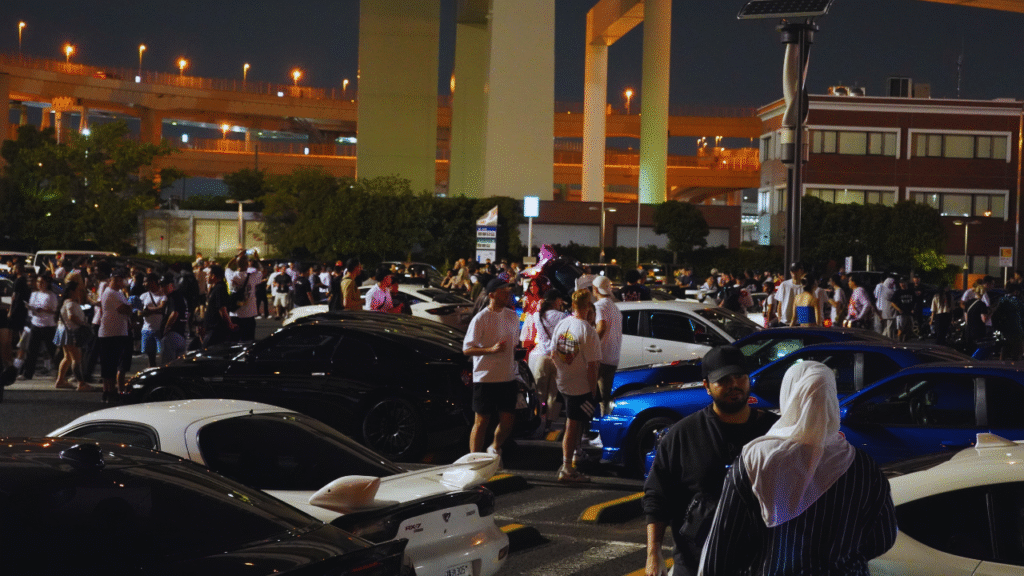
The appeal of JDM cars goes far beyond performance.
They represent precision, craftsmanship, and limitless tuning potential—a combination uniquely Japanese.
- Highly durable and responsive turbo engines (RB26, 2JZ, B16, etc.)
- Lightweight chassis and perfect weight balance
- Endless modification possibilities
- Reliable engineering and timeless aesthetics
Today, many JDM icons have become collector’s treasures, with prices skyrocketing worldwide.
The “golden era” of the 1990s continues to define car culture across continents.
3. Iconic JDM Cars — As Seen in The Fast & Furious Series
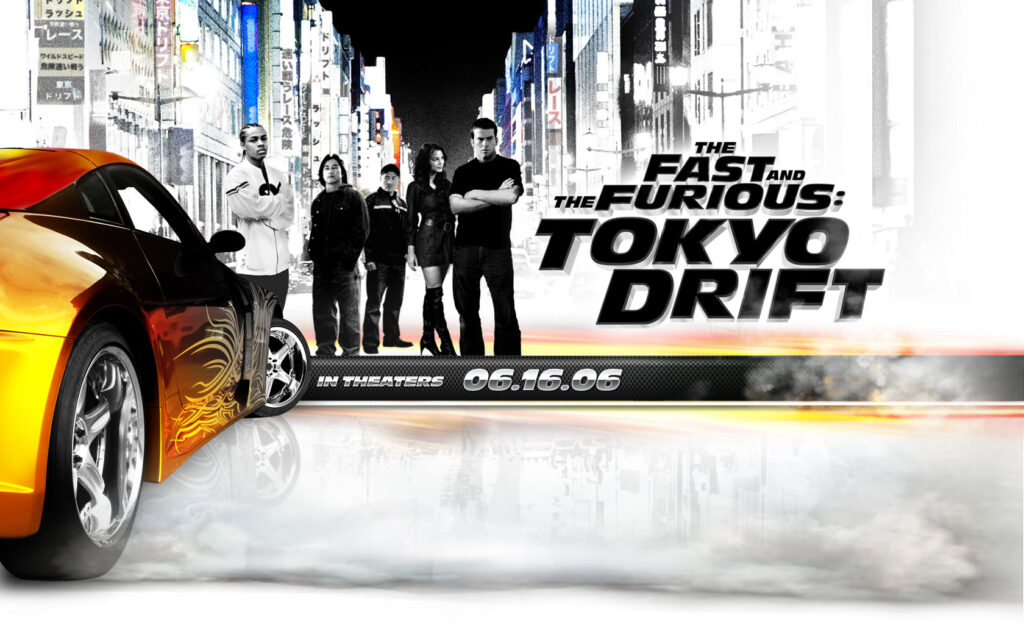
The Fast & Furious movies introduced millions of fans to the beauty and spirit of Japanese cars.
From the legendary Skyline GT-R to the Toyota Supra, these machines became global symbols of freedom and speed.
Below is a comprehensive list of every major Japanese car featured in the series, including driver, appearance, scene, and key characteristics.
Nissan
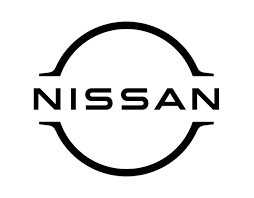
Skyline GT-R R34 (Brian O’Conner)

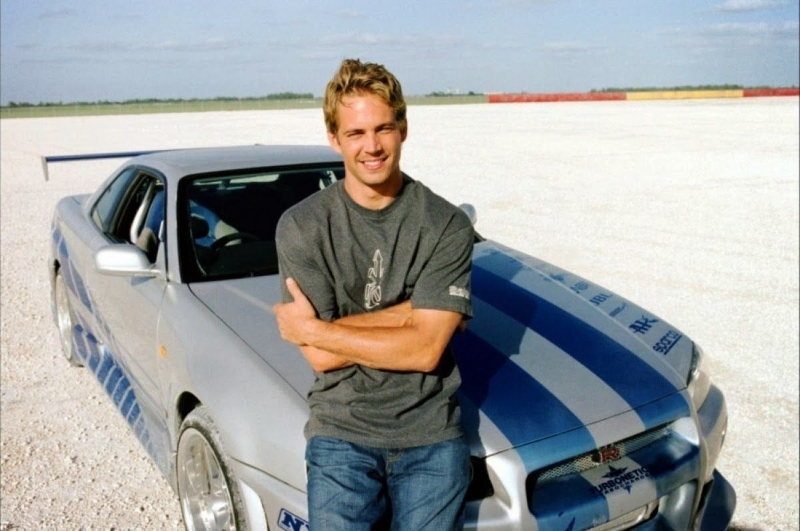
- Appearance: 2 Fast 2 Furious / Fast & Furious 6
- Scene: Miami street race; later during the London mission.
- Features: Equipped with the RB26DETT twin-turbo engine and advanced ATTESA E-TS AWD system. The blue R34 became the ultimate icon of JDM power.
Silvia S15 (Sean Boswell)
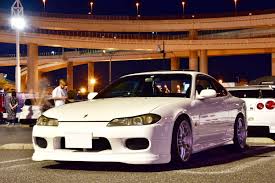
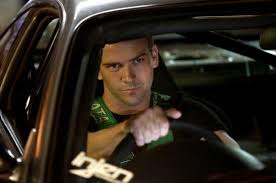
- Appearance: Tokyo Drift
- Scene: Sean’s first drift training session.
- Features: Lightweight FR layout and SR20DET turbo engine. A perfectly balanced chassis ideal for learning drift control.
350Z (Takashi “DK”)
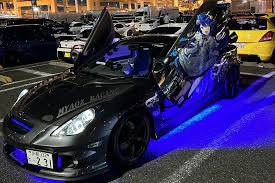
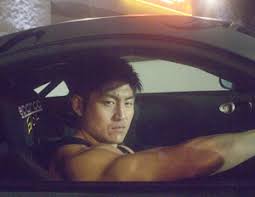
- Appearance: Tokyo Drift
- Scene: Parking garage and mountain drift duels.
- Features: 3.5L V6 powerplant with Veilside body kit. The aggressive stance and torque made it the villain’s signature car.
GT-R R35 (Dominic Toretto / Han Lue)
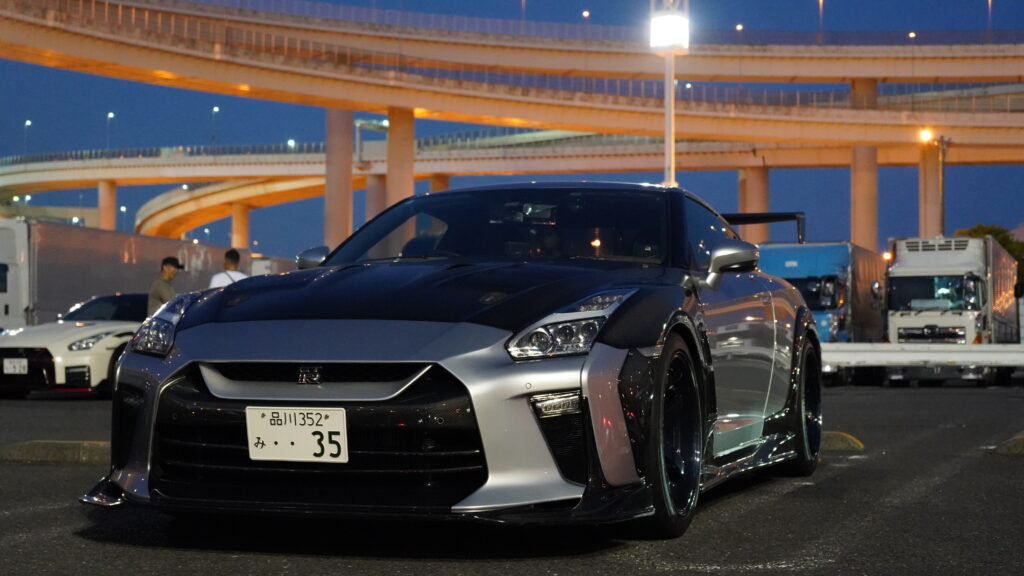
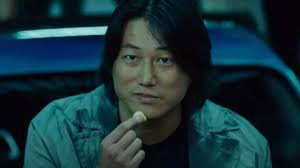
- Appearance: Fast 7 / F9
- Scene: Driven by Dom in LA and by Han in Tokyo.
- Features: 3.8L twin-turbo V6 with all-wheel drive. A modern evolution of Japan’s supercar killer.
Silvia S14 (Letty Ortiz)
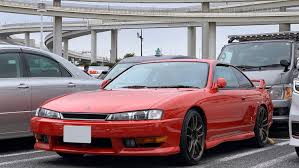
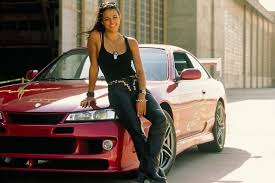
- Appearance: The Fast and the Furious
- Scene: Letty’s pink-and-black street racing car.
- Features: Sleek and muscular design; popular among female tuners for its style and precision.
370Z (Gisele Yashar)
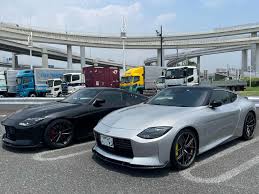
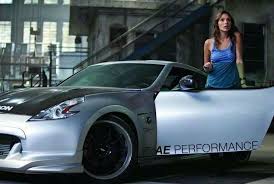
- Appearance: Fast Five
- Scene: Used during the Rio heist.
- Features: 3.7L engine with refined handling and power. Represents Nissan’s new-generation Z spirit.
Toyota
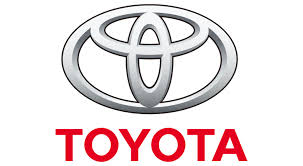
Supra A80 (Brian O’Conner)
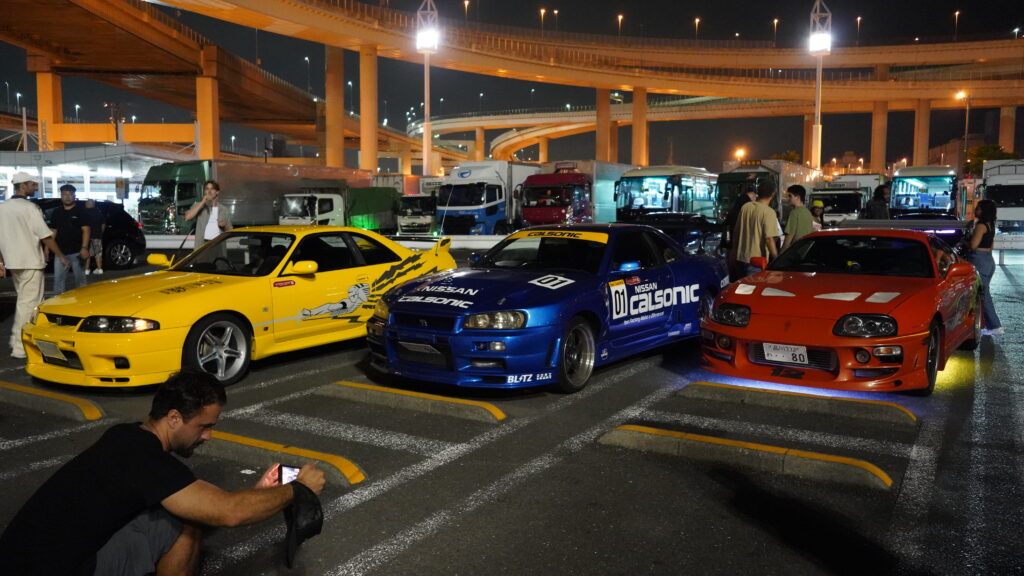
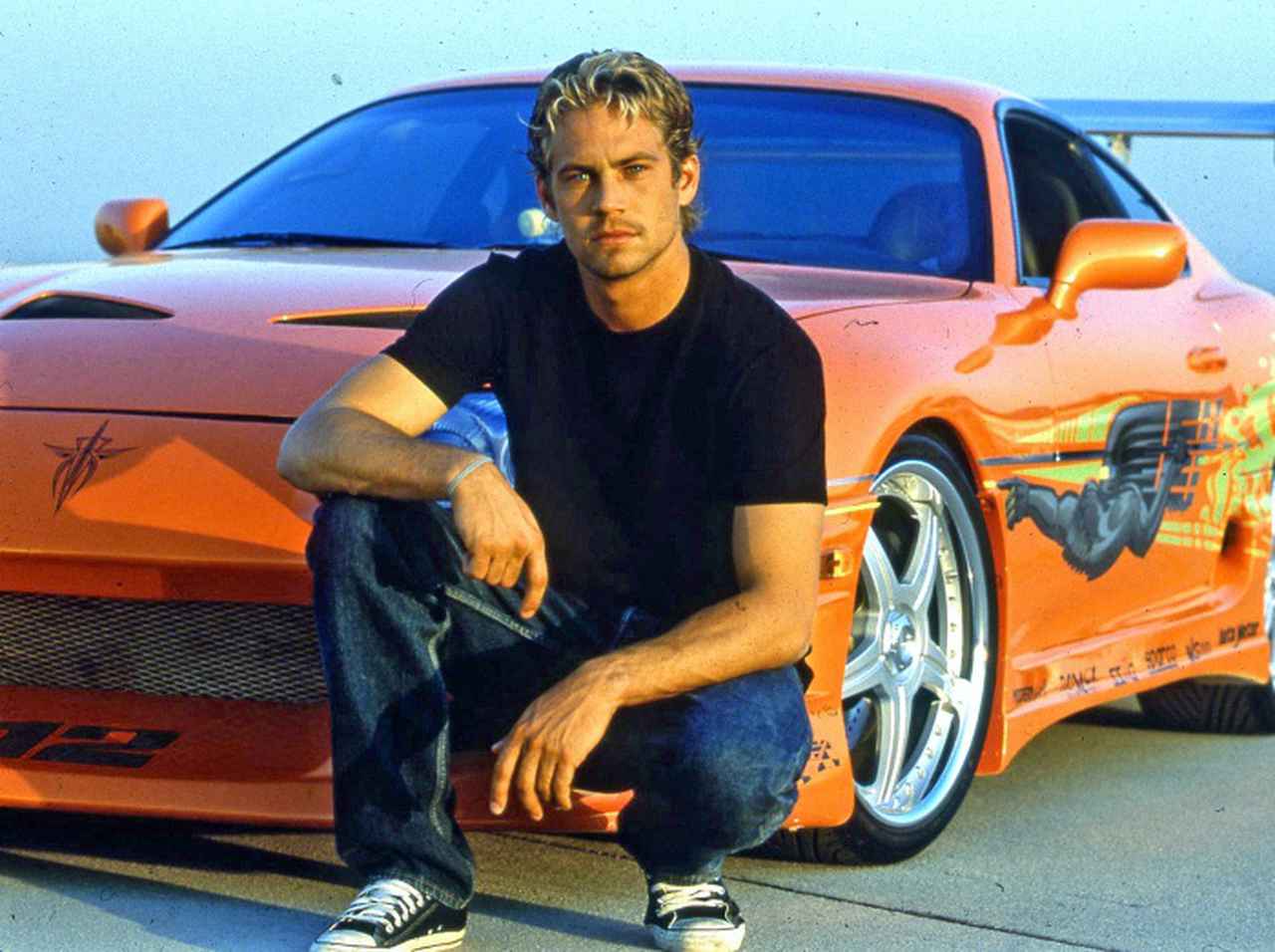
- Appearance: The Fast and the Furious (2001)
- Scene: Built from a junkyard wreck, later raced against Dom’s Charger.
- Features: Legendary 2JZ-GTE inline-six engine; extremely durable and tunable. The orange Supra is the face of JDM worldwide.
Supra A90 (Han Lue)
- Appearance: F9
- Scene: Han’s comeback in Tokyo.
- Features: Powered by the BMW B58 turbo engine. Combines modern German tech with Toyota heritage and bold design.
Chaser JZX100 (background)
- Appearance: Tokyo Drift
- Scene: Seen at drift meets and parking lots.
- Features: 4-door sedan with 1JZ turbo power—VIP comfort meets drift potential.
MR2 SW20
- Appearance: 2 Fast 2 Furious
- Scene: Background car during Miami races.
- Features: Mid-engine layout offering sharp handling; a hidden gem among ’90s sports cars.
Mazda
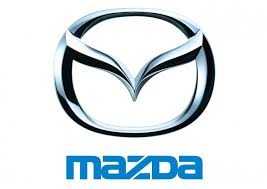
RX-7 FD3S (Han Lue)
- Appearance: Tokyo Drift
- Scene: Han’s red Veilside RX-7 racing through Shibuya and mountain passes.
- Features: Lightweight chassis and high-revving rotary engine. The movie made the RX-7 a global symbol of Japanese artistry.
RX-8 (Neela Takara)
- Appearance: Tokyo Drift
- Scene: Neela’s white RX-8 during mountain runs.
- Features: Last mass-produced rotary sports car; praised for balance and futuristic design.
RX-7 FC3S (background)
- Appearance: Tokyo Drift
- Scene: Parking lot background vehicle.
- Features: Classic rotary sports car with elegant ’80s design; a nod to Japan’s tuning roots.
Mitsubishi
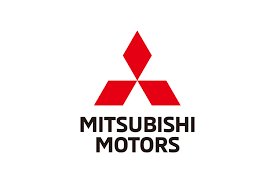
Lancer Evolution VII (Brian O’Conner)
- Appearance: 2 Fast 2 Furious
- Scene: Used in the undercover mission.
- Features: AWD turbo sedan inspired by WRC racing. Combines precision handling with turbocharged acceleration.
Lancer Evolution IX (Sean Boswell)
- Appearance: Tokyo Drift
- Scene: Sean’s red Evo used during early Tokyo races.
- Features: 2.0L turbo engine, 6-speed manual, and razor-sharp response—agility meets control.
Eclipse (Brian O’Conner)
- Appearance: The Fast and the Furious
- Scene: Brian’s green Eclipse in his first race against Dom.
- Features: Iconic 1990s tuner car with a 2.0L turbo engine. Bright neon styling defined early-2000s car culture.
Eclipse Spyder (Roman Pearce)
- Appearance: 2 Fast 2 Furious
- Scene: Miami street chases.
- Features: Convertible version of the Eclipse with bold styling and loud aesthetics—a perfect fit for Roman’s flashy personality.
Subaru
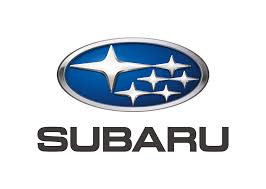
Impreza WRX Wagon (Brian O’Conner)
- Appearance: Fast & Furious 4
- Scene: Used during the Mexico tunnel mission.
- Features: AWD traction and rally-bred durability. A stealthy yet capable workhorse.
Impreza WRX STI (Team car)
- Appearance: Fast & Furious 6
- Scene: London chase scene.
- Features: 2.5L turbo boxer engine and symmetrical AWD. The blue-and-gold color scheme is iconic among rally fans.
Honda

Civic EG6 (Dom’s Crew)
- Appearance: The Fast and the Furious
- Scene: Three black Civics used to hijack trucks at night.
- Features: Lightweight hatchback with a rev-happy VTEC engine. Symbol of early street racing ingenuity.
S2000 (Suki)
- Appearance: The Fast and the Furious
- Scene: Suki’s pink S2000 in Miami’s race.
- Features: 9000 rpm redline, rear-wheel drive, and precise handling—one of the purest driver’s cars ever built.
NSX (Letty Ortiz)
- Appearance: Fast & Furious 7
- Scene: Letty’s personal car after rejoining Dom’s crew.
- Features: Mid-engine balance, aluminum body, and timeless styling. Japan’s true supercar.
Integra DC2 (background)
- Appearance: Tokyo Drift
- Scene: Parking lot cameo.
- Features: Lightweight coupe with VTEC power and agile dynamics.
Other Japanese Models
Lexus LFA (Han & Gisele)
- Appearance: Fast Five end credits
- Scene: Han and Gisele driving into the sunset.
- Features: Hand-built V10 producing a legendary high-pitched scream. The pinnacle of Japanese engineering.
Daihatsu Copen (background)
- Appearance: Tokyo Drift
- Scene: Seen in Shibuya street scenes.
- Features: Tiny kei convertible capturing Japan’s everyday charm amid the chaos of Tokyo.
4. The Global Rise of JDM Culture
JDM has evolved into a worldwide movement.
From Los Angeles to London, car meets and drift events celebrate Japanese engineering and creativity.
Fans proudly display Japanese stickers, kanji decals, and retro license plates.
Social media hashtags like #JDM, #DaikokuPA, and #Wangan dominate the global scene,
while the 25-year import rule in the U.S. has reignited demand for classics like the R32 and Supra.
5. The Tuning Spirit of JDM
The essence of JDM lies in personalization.
Every enthusiast strives to create “their one and only” machine.
Common upgrades include turbo swaps, ECU tuning, wide-body kits, and custom interiors.
Japanese brands such as HKS, Top Secret, and RE Amemiya have achieved cult status abroad.
“Stance” and “shakotan” styles reflect Japan’s unique aesthetic of minimalism and aggression.
6. Experiencing JDM in Japan
To truly feel JDM culture, you have to visit its birthplace:
- Daikoku Parking Area (Yokohama) – the ultimate weekend car meet spot.
- Shuto Expressway / Wangan Line – drive through neon-lit cityscapes like in the movies.
- Tsukuba & Fuji Speedway – join open track days for amateurs.
- JDM Tours – guided trips combining tourism and car culture.
Every site tells a story of passion, craftsmanship, and community.
7. The Future of JDM
Even in an age of electrification, JDM spirit lives on.
Retro cars are being reborn through EV conversions and digital restoration,
while AI and 3D tuning redefine customization.
The next generation of builders—raised on Skylines and Supras—are fusing tradition with technology.
JDM isn’t just about cars; it’s a philosophy of creativity, individuality, and respect for engineering.
Conclusion
JDM is more than a category—it’s an art form born in Japan and loved around the world.
From the backstreets of Tokyo to Hollywood blockbusters, these cars embody speed, precision, and passion.
Thanks to The Fast & Furious, the roar of Japan’s finest engines will echo for generations to come.

